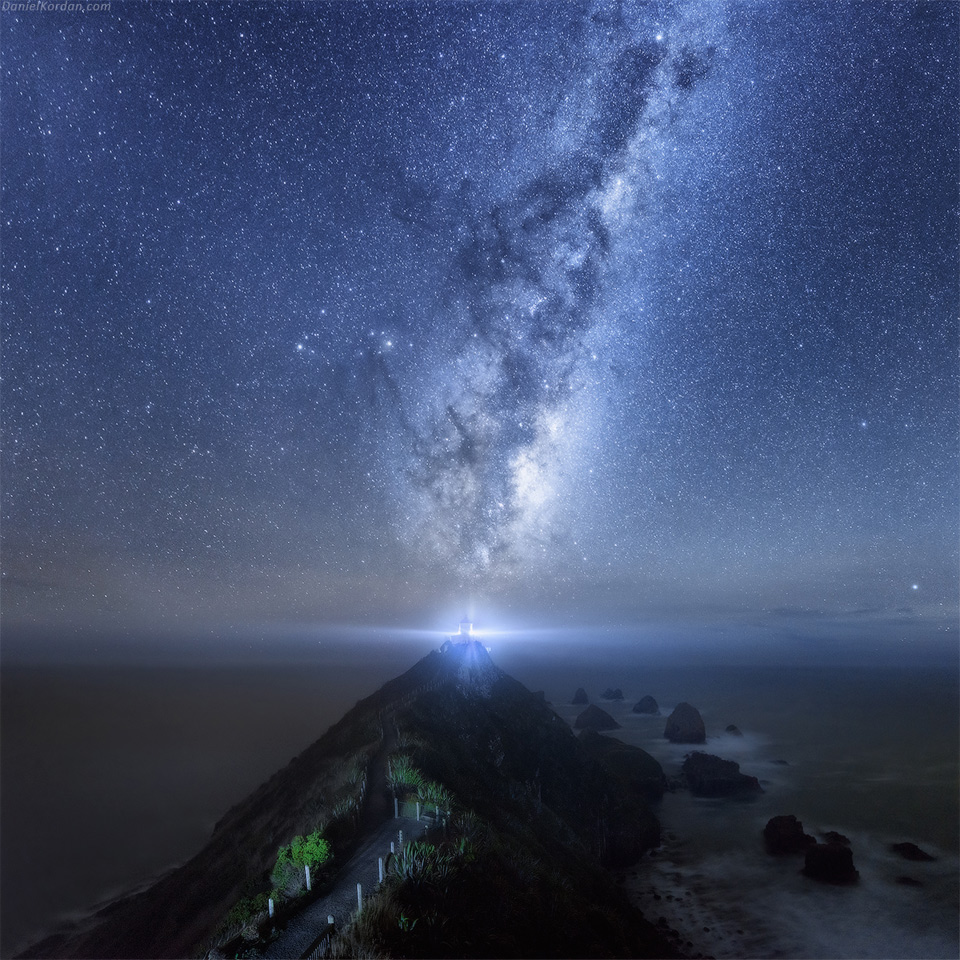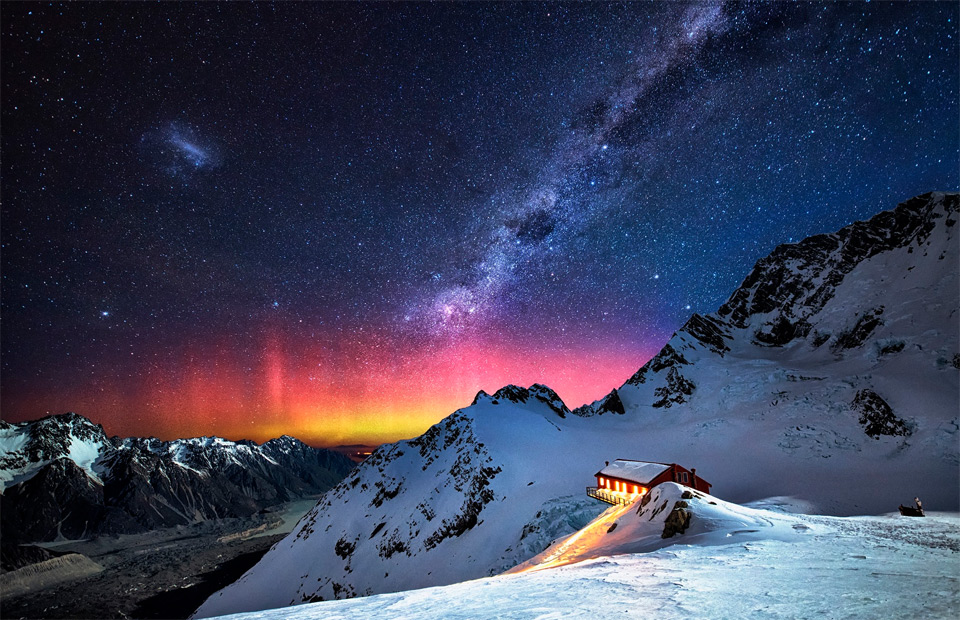
Is there something more beautiful than observing the Milky Way in the summer nights? On the same occasion, why not immortalizing this moment by capturing it? As a matter of fact, it has never been as simple and as fast as today to capture the stars. If you think that only expensive or professional material will allow you to capture amazing pictures of the night sky, don’t believe it.
Equipment
A camera equipped with a Manual Mode called mode “M”: nowadays, most of the camera embed this feature and our smartphones too. Look for the “Pro Mode” or the Manual Mode inside the camera app on your device.
A standard lens: for DLSR or mirrorless cameras, a 18-55 mm kit lens is enough to photograph the Milky Way.
A tripod or camera mount: The tripod is absolutely necessary to make your camera steady and avoid the vibrations caused by motion. Not to forget that small tripods or smartphone tripod adapters can also be purchased.
Best time of the day to photograph the Milky Way
The same happens from September to November, where it would appear gradually, but the sky would not get dark enough to photograph it. The best months to photograph the Milky Way will be from May to July between 00:00 and 5:00 on the nights when the moon is least bright.
Although you can photograph the Milky Way at any time of the year, the Galactic Center will be most visible in the following time frame:
• In the Northern Hemisphere, the Galactic Center will be visible from the end of March to the beginning of October. You’ll find the best months to photograph the Milky Way are between May and August.
• In the Southern Hemisphere, the Galactic Center will be visible from the end of February to the beginning of October. You’ll find the best months to photograph the Milky Way are between April and August.

Best locations
Once you know the best time to photograph the Milky Way, you must consider one of the most important factors for a Milky Way location: light pollution. This will be critical for deciding where to photograph the Milky Way.
Just as with stargazing, darkness is the fundamental requirement to see and photograph the Milky Way and the Galactic Center. The darker the location, the better the conditions to take images of the Milky Way with a DSLR or mirrorless camera.

Nowadays, total darkness has become increasingly difficult to find, and there are just a few places near metropolitan areas without heavy light pollution.
To find dark places for Milky Way photography while getting an idea of the area’s light pollution, have a look at the following light pollution map, where you’ll see the most “polluted” areas in different colors.









